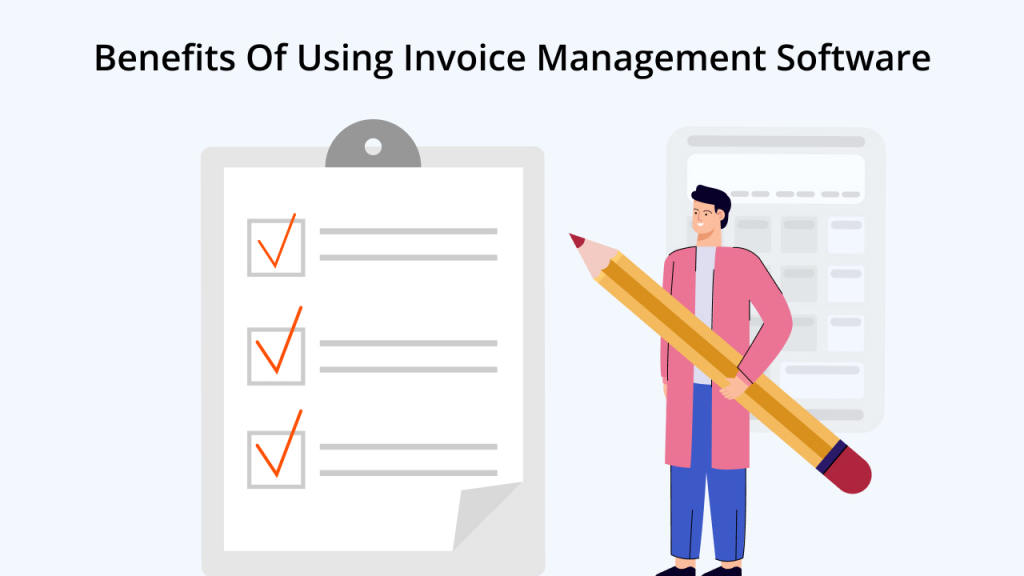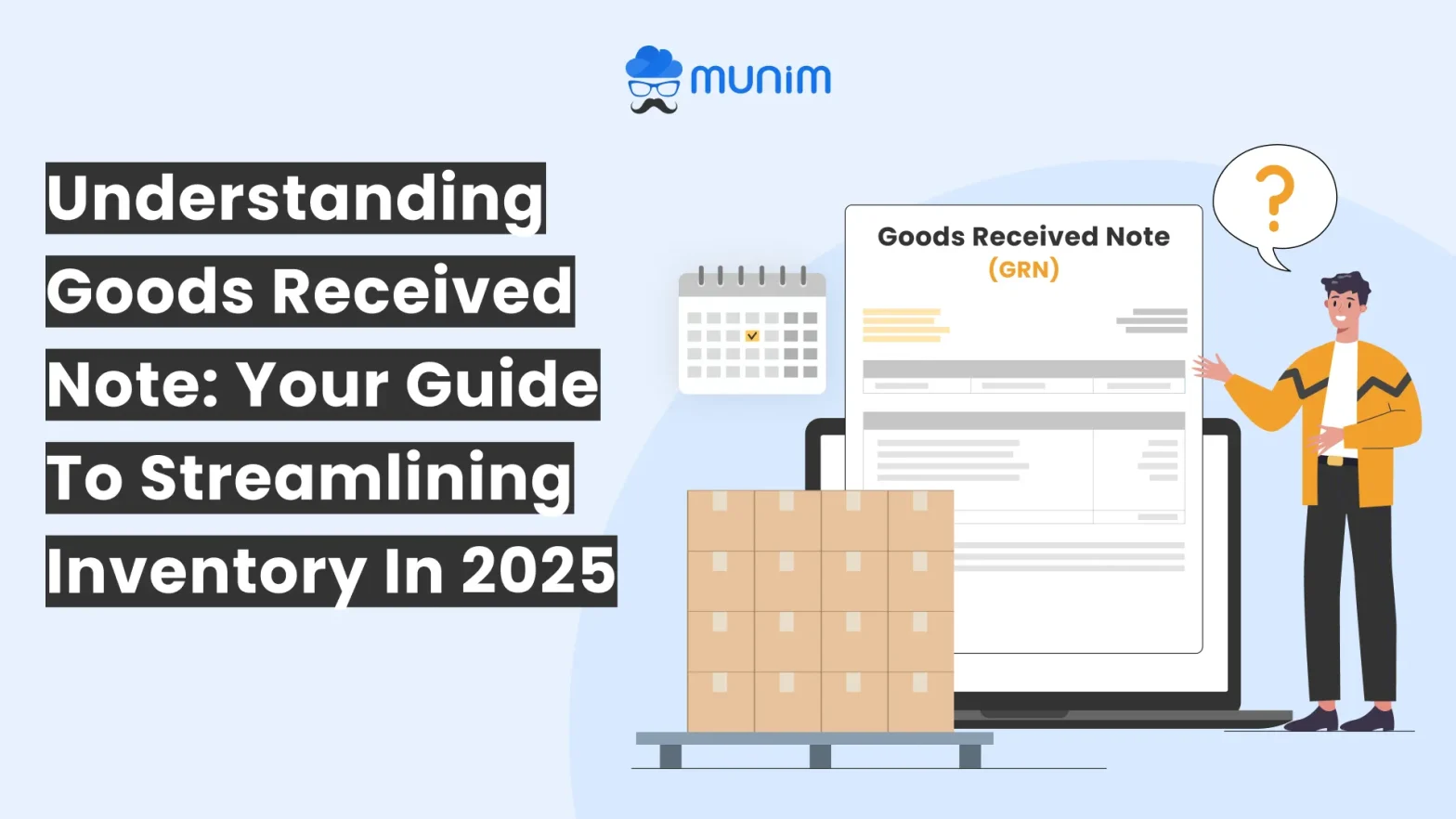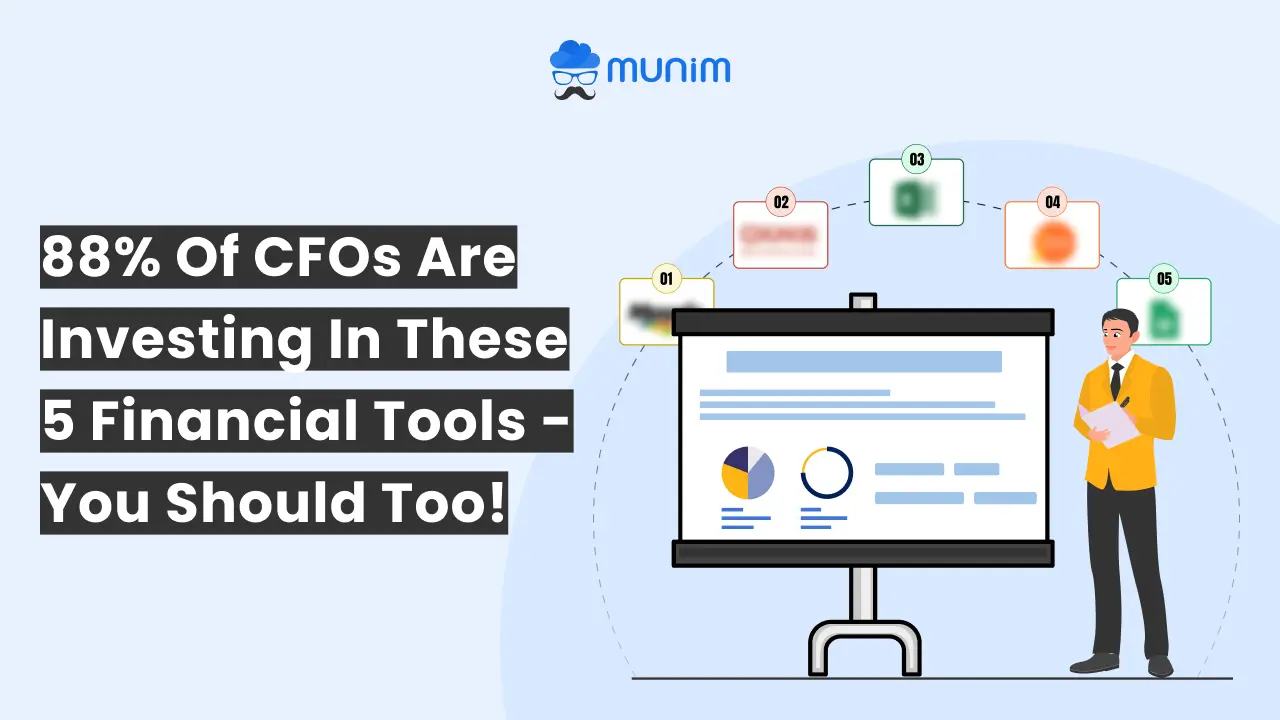A Guide On Invoice Management For New-Age Companies

What if we tell you that you are paying more than what is mentioned on the invoice? You’ll think we have gone nuts, right? But it isn’t so. A study carried out in the USA concluded that manual invoice processing costs anywhere from $15 to $ 40 per invoice. In India, it could be lower but not nil since there are human resources involved.
This blog will teach you how invoice management software is a better alternative to traditional invoice processing systems. Read on!
What Is Invoice Management

Under invoice management, companies process and pay supplier invoices. It is also known as “invoice processing.” The process includes receiving invoices from vendors, validating invoices, processing payments, and recording the same in the company’s books of accounts.
On the surface level, it may not sound complicated, but since it involves multiple people from various departments, the chances of errors are high.
To initiate the payment processing, an invoice is sent to the procurement officer and then forwarded to the accounts payable department. If any issue is found with the invoice, the same chain is reversed.
If there’s no error in an invoice after due validation of the CEO or manager payment gets processed and the record is maintained for the same.
This is Standard Operating Procedure followed by almost all businesses in India.
It is important to replace this process with a more efficient one because it will get prone to errors as the number of invoices grows.
Drawbacks Of Traditional Invoice Management System
In most MSMEs, a few employees manage to invoice, and as the company grows the system itself gets overwhelmed. The following are the disadvantages of a manual invoicing management system:
- Longer processing time
- No facility for status tracking
- Prone to errors
- Chances of duplication
- Asynchronous workflows
- Difficult to scale
- Fewer payment options
- Chances of late payments
Invoice Management Software — A Better Alternative
Business invoice software is a tool for businesses to streamline their accounts payable process. It involves, feeding data into the software and forwarding it to higher management for approval. Once approved, payment will be processed either automatically or manually, depending on the software you are using. Moreover, all the data gets stored, and you can recall it anytime.
This software will greatly improve the efficiency of the AP department.
What To Consider Before Subscribing To Any Invoice Management Software
The following are the things that you should consider when subscribing to business invoice software:
- Easy to set up
- Arranging invoices as per their payment plan
- Storing invoices for record-keeping
- Easy invoice retrieval for auditing
- Offering readymade professional invoice templates
- Generating customizable reports in real-time
- Payment integration
- Payment Scheduling
- Easy to approve
- Should make payment requests and deposit simplified
- Simple user interface
Benefits Of Using Invoice Management Software

The following are the benefits of an efficient invoice management system:
Fast Invoice Processing
With an efficient invoice management system, you can process invoices much faster at a lesser cost compared to manual invoice processing. It will not only save you money but also improve your relationship with suppliers due to quick payment processing.
Error-free Data Processing
As the number of in-process increases, it gets overwhelming for the AP department, thereby chances of error also increase. Moreover, manual processing is prone to duplication, typos, and numerical transposition.
With invoice management software, there’s no need to feed data manually hence there is no chance of data entry error.
Prompt Payment
Business invoice software can help you avoid late payments and penalties associated with the same as it processes invoices at a much faster rate than manual processing. Some software is equipped with authority logic allowing them to authorize invoices below a certain billing amount. This feature saves time in getting approvals from higher authorities for small transactions.
Insights On KPIs
Invoice management solutions allow CFO and apex authorities access to KPIs to monitor invoice data. Also, they don’t have to keep reminding AP managers to update data periodically as every bit of information will be available at a click.
They can even generate reports to track the company’s financial performance in real time.
Easy Storage
In traditional invoice management, invoices are stored in physical format. It consumes expensive office space and for audit purposes, a particular invoice among thousands of others is like searching for a needle in a haystack.
With invoice management software, all invoices stores on the cloud, eliminating the possibility of them being lost. You can find any invoice with a few clicks.
Access To Readymade Professional Invoice Templates
With small business invoice software comes readymade invoice templates which you can customize as per your company requirements and branding color scheme. These invoices not only look good but also build the trust of your clients.
Conclusion
This was all about the guide on invoice management for new-age businesses. We hope after reading this blog you will plan to migrate to a more efficient, more effective, and more flexible invoice management system. If you are looking for such a system, you don’t need to go elsewhere. We’ve got you covered.
Munim is India’s best Invoice management software with other business essential features like accounting, inventory management, and GST filing. To know more about Munim, visit here.
FAQs On Invoice Management
Q. What are the main steps in managing invoices?
Ans. The following are the three main steps in managing invoices:
- Capture supporting documents – When you receive an invoice, look for a purchase order, delivery challan
- Authentication – Check the invoice for its authenticity and forward the same to higher authorities if everything seems good.
- Process payments – Get approval from higher authorities to process further payment
Q. What are the types of invoices?
Ans. Following are the four different types of invoices
- Performa invoice
- Sales invoice
- Overdue invoice
- Consolidated invoices
Q. What is a dummy invoice?
Ans. A dummy invoice (also known as a Performa invoice) is a preliminary invoice share with clients stating all the deliverables from the seller’s end.






